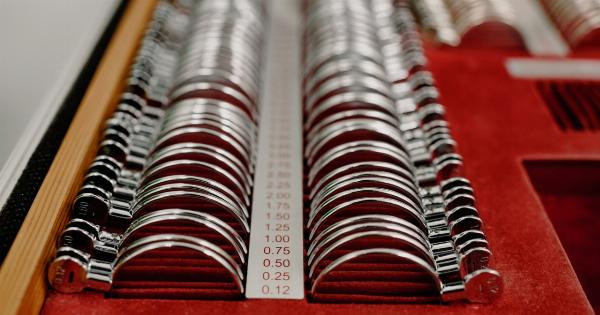Hydrocele is a medical condition that causes a swelling in the scrotum of male infants. In most cases, it disappears on its own without treatment. However, if the swelling persists or grows in size, surgery may be required to correct the condition.
It’s important for parents to know when their son needs surgery for hydrocele to ensure prompt treatment and prevent complications. In this article, we’ll discuss the signs and symptoms of hydrocele, when surgery is necessary and what to expect during the procedure and recovery.
What is Hydrocele?
Hydrocele is a medical condition that occurs when fluid accumulates in the sac that surrounds the testicles. It affects male infants and is typically present at birth, but can develop later in life.
Hydrocele is a common condition and is usually harmless.
Signs and Symptoms
Hydrocele is easily identifiable due to the swelling it causes in the scrotum. The swelling can occur on one or both sides of the scrotum. In most cases, hydrocele is painless and isn’t associated with any other symptoms.
However, if your son experiences any discomfort or pain, or the swelling increases in size, it’s important to seek medical attention.
Diagnosis
If you suspect your son has hydrocele, you should take him to a healthcare provider. A physical examination is usually enough to diagnose hydrocele. However, in some cases, an ultrasound may be necessary to confirm the diagnosis.
Treatment
In most cases, hydrocele does not require any treatment and resolves on its own within a year. However, if the swelling persists or grows in size or is causing discomfort, surgery may be necessary to correct the condition.
The surgery performed to correct hydrocele is called a hydrocelectomy.
When Does Your Son Need Surgery for Hydrocele?
If your son’s hydrocele doesn’t resolve on its own within a year, surgery may be necessary to correct the condition. Additionally, if your son experiences any discomfort or pain due to the swelling, surgery may be necessary.
It’s important to take your son to a healthcare provider if you notice any changes in his symptoms or if he begins to experience discomfort.
What to Expect During the Procedure
A hydrocelectomy is a surgical procedure that is performed under general anesthesia. During the procedure, the surgeon will make a small incision in the scrotum to drain the fluid and remove the sac that surrounds the testicle.
Once the sac is removed, the incision is closed with sutures or surgical glue. The procedure typically takes less than an hour to complete.
Recovery
After the procedure, your son may experience some discomfort and swelling. It’s important to keep the area clean and dry and to follow the surgeon’s postoperative care instructions.
Your son may need to wear a supportive garment to help reduce swelling and promote healing. Most children are able to return to their usual activities within a week or two after the procedure.
Potential Risks and Complications
As with any surgical procedure, there are potential risks and complications associated with hydrocelectomy. These can include infection, bleeding, swelling, and damage to surrounding tissues or organs.
However, these risks are relatively rare and the procedure is considered safe and effective.
Conclusion
Hydrocele is a common condition that affects male infants. While it typically resolves on its own within a year, surgery may be necessary if the swelling persists or grows in size or is causing discomfort.
If you suspect your son has hydrocele, it’s important to seek medical attention to determine the best course of treatment. With proper care and medical attention, hydrocele can be successfully treated, allowing your son to lead a healthy and active life.































